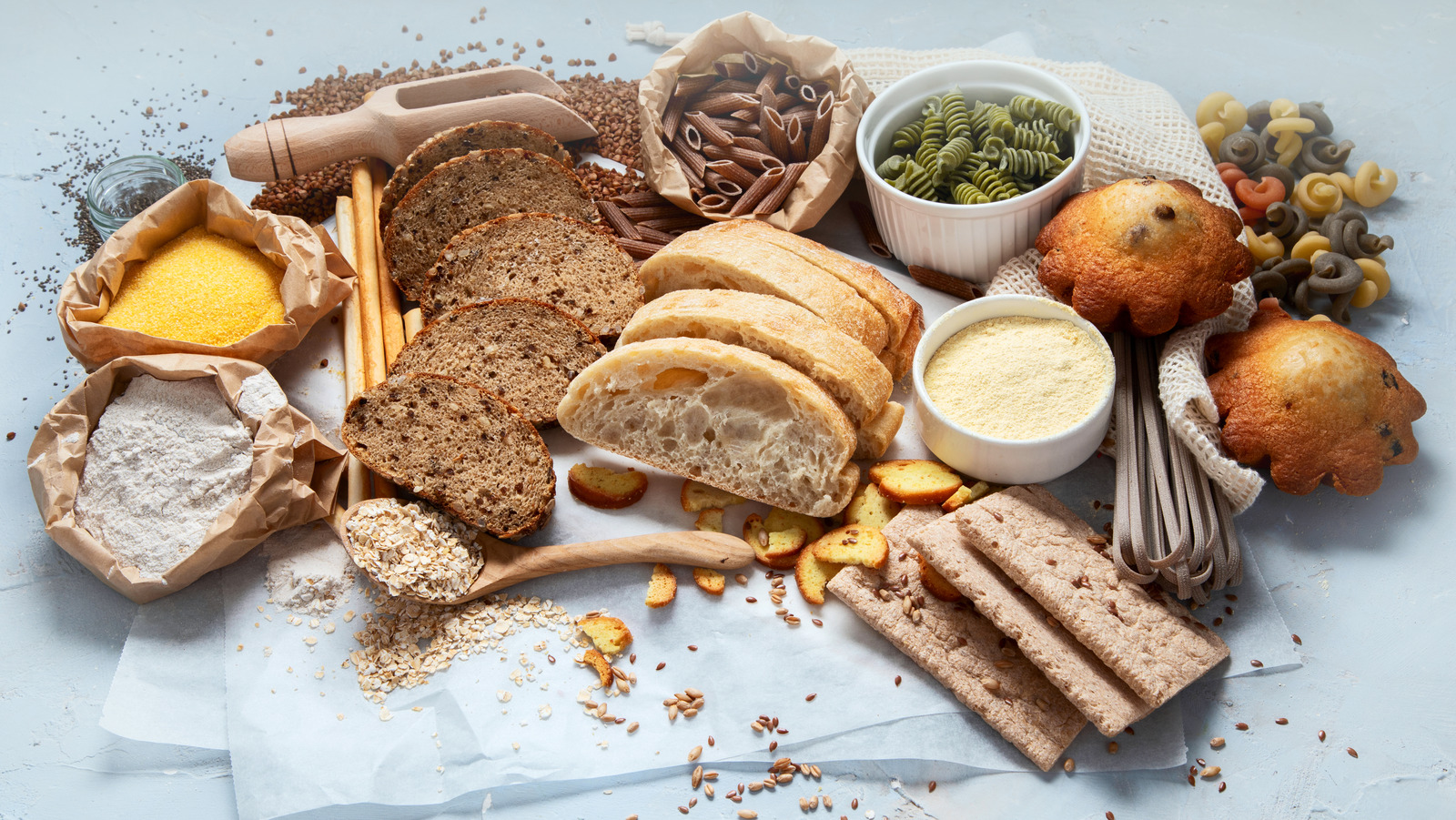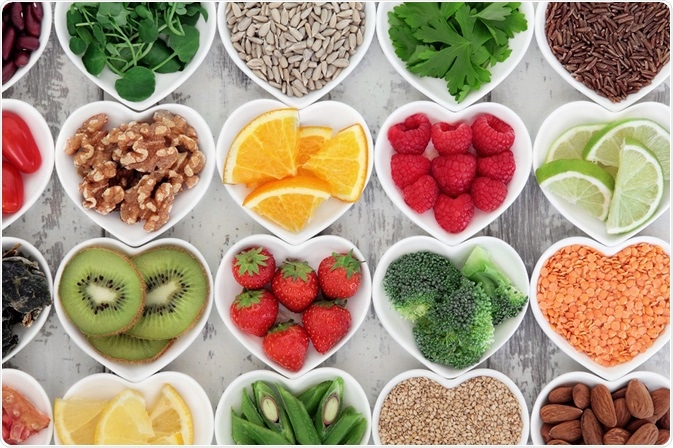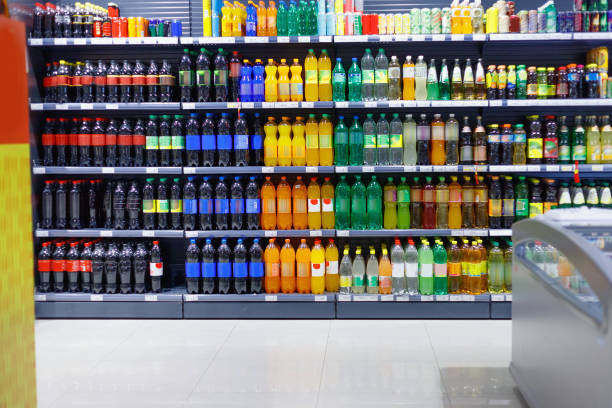A no sugar diet is based on limiting your sugar intake. This restriction applies to apparent sugary items like sweets and soda, but added sugar can also be found in savory meals like spaghetti sauce.
More severe variations of a no sugar diet may include exclude naturally occurring sugar-containing foods such as fruits and vegetables; however this is not normally suggested as part of a well balanced diet.
Excess sugar consumption has been linked to an increase in obesity in the United States. The issue with sugary foods comes with consuming too much of them.
Foods with added sugars frequently lack sufficient vitamins and minerals to compensate for all of the extra sugar calories, and as a result, eating too many of them adds to weight gain and health concerns.
Adopting a no sugar diet does not require you to follow a formal eating plan, thus there is no advise on meal or snack scheduling or even meal makeup.
However, if you are just starting to eliminate added sugar, you may discover that it is preferable to do so gradually.
If you still have sugar cravings, drink water and eat (unsweetened, healthy) meals on a regular basis to avoid adding excessive hunger to your sugar yearning. Healthy fats are very beneficial in combating sugar cravings.
Avoiding added sugars and eating a diet rich in real foods provides several health benefits. Reducing sugar intake and adopting a healthy diet, in particular, may benefit people:
- According to one 2019 article in Medical Clinics of North America, you can actually reduce weight and prevent obesity.
- According to a 2014 analysis published in The Journal of Clinical and Aesthetic Dermatology, Medical Clinics of North America, no sugar diet helps in clearing skin and lower the risk of skin cancer.
- According to a 2017 study, no sugar diet help to reduce mood swings.
- According to a 2018 review of research, a high sugar diet is associated with shifting emotional states and reducing inflammation.
Sugar can raise the risk of obesity, which can lead to type 2 diabetes, thus reducing the risk of type 2 diabetes is important.
Methods to successfully follow a No Sugar Diet or Low Sugar Diet Plan
You must be facing the issues on how to go sugar free and how to follow your low sugar diet plan with productive results.
There are 77% of people who are unable o follow the no sugar diet or low sugar diet plan even after having the whole sugar free diet plan with them.
Therefore it is essential to know the methods or tips through which you can achieve your desirable results and completely following your no sugar diet.
We assure you after following this methods you will easily and effectively able to follow your low sugar diet plan.
Carefully Read Product Labels for your Sugar Diet
Once a person has eliminated the most visible sugar from their diet, they can go on to other sugar-containing items. Reading product labels can assist them in identifying which sugars to avoid.
Sugar is known by many various names and can be found in a variety of syrups and concentrates. Sugar is referred to by at least 61 distinct names on food labels. Among the most frequent are:
- Evaporated cane juice, cane sugar, brown sugar, corn syrup or high fructose corn syrup.
- Beet sugar, barley malt, coconut sugar, maple syrup and invert sugar.
- Agave nectar, risotto syrup, concentrated apple or grape juice, honey\sdemerara and panela sucanat or piloncillo.
People should also be aware that any substance ending in “-ose” is a form of sugar. These are some examples of these ingredients:
- Sucrose \sglucose
- Dextrose \sfructose \slactose
Sugars may be found in a variety of grocery items. People who wish to adopt a no-sugar diet must read the label. Sugar is frequently found in products such as salad dressing and condiments, spaghetti sauce, morning cereals, milk, and granola bars.
Gradually Adopting the Changes
One of the most essential things to remember while changing your diet is to take it slowly at first. Going from a sugar-filled diet to one without should be a gradual process.
It may be beneficial to begin by removing the most obvious sources of sugar. Baked items such as cakes, muffins, and brownies are readily avoided.
Reducing your intake of candies and sugary beverages is also a good place to start.
A person can also experiment with lowering the quantity of sugar and cream they use in their coffee or tea, until using none at all.
A gradual transition to a no-sugar diet can help a person retrain their palate, making them less likely to want the missing sugar.
Say No to Artificial Sugars
In the diet business, artificial sugars are a source of contention. They are far sweeter than sugar yet have little or no calories.
Artificial sugars, on the other hand, can fool the body into believing it is ingesting sugar. This might exacerbate a person’s sugar cravings, making it more difficult to adhere to a no-sugar diet.
As a result, someone on a no-sugar diet should avoid artificial sugars such as Splenda, Stevia, NutraSweet, Sweet’N Low.
People can also seek for the chemical names of these sweeteners on ingredient lists, particularly in products labelled as low sugar, low calorie, or diet food.
Among the chemical names are: Sucralose, Aspartame, Saccharin, Acesulfame K or acesulfame potassium,Neotame.
Add Whole Foods in your diet
A person on a no-sugar diet should also strive to consume complete foods. Processed foods feature more refined components and additional sweeteners.
Diets that emphasize full and complete foods include the following veggies, fruits, lean meats, poultry, or tofu, fish, whole grains, and legumes, seeds and nuts.
Some people may prefer to have a little quantity of dairy, such as basic yoghurt, simple cheeses, and milk.
Do Not take Sugary Beverages
Sugar in processed meals may be simple to avoid. Sugar-sweetened beverages, on the other hand, are among the most important sources of added sugars in the diet.
Soda, speciality coffee, sweetened teas, and fruit juices are examples.
Replacing these beverages with unsweetened herbal tea, sugar-free coffee, sparkling mineral water, or plain water can help a person keep hydrated without increasing their sugar intake.
Simple Carbs should be Avoided

Many no-sugar diets also advise consumers to avoid simple carbs. White flour, white pasta, and white rice are examples of simple carbohydrates.
The carbs in these meals are readily broken down into sugar by the body.
Blood sugar levels rise as a result of this procedure. Whole grain choices may generally be used to substitute simple carbohydrates.
Make an Eating Plan.
It is tough to stick to a diet when there is no strategy. If a person is hungry, they are more likely to seek for a sugary snack if they do not have access to nutritional meals and healthy alternatives.
Many individuals set aside a day to perform their weekly grocery shopping and meal planning. With healthy food readily available, people are less likely to grab for a candy bar or a beverage.
No Sugar Diet Food List

A sugar-free diet emphasizes entire fruits and vegetables, lean protein, and whole grains while avoiding items with added sugars.
While what you eat on this diet is entirely up to you, the shopping list below might help you get started.
Please keep in mind that this is not an exhaustive shopping list, and you may prefer alternative foods.
- Protein that is lean (chicken, cuts of beef, ground beef, salmon, halibut, shrimp)
- Greens with dark leaves (spinach, kale, Swiss chard, arugula)
- Veggies (broccoli, cauliflower, Brussels sprouts, bell peppers, eggplant, carrots)
- Fresh fruits (grapefruit, oranges, blueberries, raspberries, blackberries)
- Complete grains (quinoa, barley, amaranth, brown rice, couscous)
- Legumes (black beans, lentils, chickpeas, soybeans)
- Fats that are beneficial (avocados, walnuts, almonds, cashews, chia seeds, flaxseeds, olive oil)
- Milk and dairy products (milk, feta cheese, parmesan, unsweetened yogurt, cottage cheese)
- Eggs
Because sugar comes in a variety of forms and varieties, it’s important to know what you’re searching for. If any of the following substances appear on an ingredient list, the item has added sugars:
- The brown sugar
- Corn syrup
- Syrup of corn
- Fructose \sGlucose
- Corn syrup high in fructose
- Fructose-rich corn syrup
- Honey (Although honey is a naturally occurring source of sugar, it is nevertheless regarded as an added sugar because it has about the same quantity as granulated sugar and high fructose corn syrup.)
- Crude sugar
- Sucrose \sSugar \sSyrup
- Sugar turbinado
Artificial sweeteners, which have little to no calories, can be a good substitute for sugar, however there is a lot of debate over sugar alternatives.
Many health and nutrition professionals have questioned whether artificial sweeteners are nutritious and safe, as well as if they help with weight reduction.
Some believe that sugar replacements are so sweet that they stimulate your taste receptors for sweet meals and drinks.
On the other hand, some supporters argue that artificial sweeteners can help people transition away from added sugars and completely eliminate them.
Words From Sheru Classic
If you want to reduce weight or just improve your health, eliminating additional sugars might be a wise and straightforward decision.
You could also try increasing your fibre intake if you want to lose weight.
However, keep in mind that losing weight is a complex process that should also include exercise, stress management, and other lifestyle aspects.
Discuss your plans with your doctor to help you develop a strategy that matches your needs.
Remember that following a long-term or short-term diet may not be essential for you, and many diets, especially long-term diets, simply do not work.
While we do not support fad diets or unsustainable weight reduction approaches, we do give the facts so that you may make an informed decision that best suits your nutritional needs, genetic blueprint, budget, and objectives.





